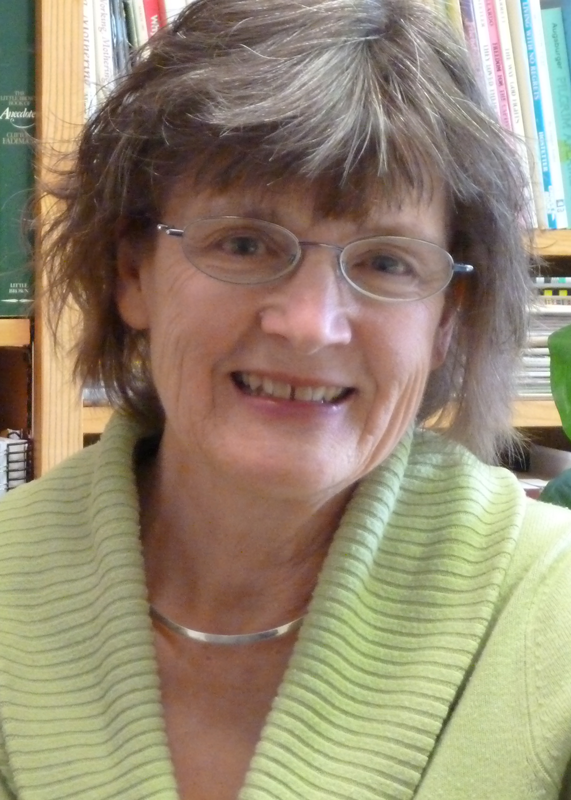Seeing Persons with Disabilities through New Eyes
All of us know persons with varying degrees of intellectual or physical challenges. In the Shenandoah Valley, we are blessed to have an innovative program serving needs of individuals with various intellectual and physical disabilities and their families: Pleasant View, Inc. This faith-based organization offers an assortment of living arrangements ranging from institutional care, where needed, to apartment living (aided by part-time assistance from staff or volunteers) to day programs for those who live with their families.
If we believe all people are created in the image of God, that includes those with intellectual or other disabilities.
Dave Gullman is the chaplain for this organization and coordinates regular church worship services led by persons connected to Pleasant View, families, and the general community. This worshiping community is called Shenandoah Valley Faith and Light—an opportunity beyond the regular churches many residents also participate in.
I’ve known Dave distantly probably 15 or more years, but I never knew the nature of his family’s own journey with Down syndrome until he asked me to proofread his book, Teachers of the Soul: The Heart of God Revealed through People with Disabilities (WestBow Press, 2015). Dave knows firsthand the emotional ups and downs of such a journey. He and his wife, Debbie, had one son, 20 months old, when their second child, Hannah, arrived prematurely. The doctor soon noticed some things about baby Hannah that concerned him. After careful examination, the doctor announced she had Down syndrome. Dave writes:
What were we to do with this news? What had we done wrong to bring this about? Where was God when Hannah was being formed in the darkness of Debbie’s womb? Tears were our only response. What could we say? We knew we would love her, but we had no idea what the future held for her, for her brother John, or for us. (Teachers of the Soul, p. 5)
A chromosomal test confirmed the doctor’s evaluation, and Dave and Debbie felt they needed to “move on, but we weren’t even sure where we were going.” Dave said at first he was not able to pray.
At times I would see Hannah with the heart of a father and could shut out the many questions her disability raised. Then something would remind me of the fact that she had Down syndrome, and I would rehearse my many questions about a God who allows suffering. . . . In the language of St. John of the Cross, I plummeted into a dark night of the soul. . . . The transition from the place of darkness into the light of God’s intent for humanity was slow. . . . [But] I began to discover that Hannah’s disability was not going to pull me into the vortex of never-ending despair. I received gifts of life in unimaginable places which surprised me. These grace-filled moments came as I learned to listen to the lives of persons with disabilities and to see them with the eyes of the heart. As my heart warmed to new possibilities, I began to discover that the image of God could be manifest in the lives of people with disabilities. (pp. 6, 9, and 13)
Dave says out of his experiences with Hannah and other families he explored what it means to be made in the image of God. If we believe all people are created in the image of God, that includes those with intellectual or other disabilities.
As an example, Dave asked his friends with disabilities for their ideas of what it means to be created in the image of God. Here are a few of their responses:
- To be kind to other people
- To be like or act like God
- To obey God
- To reflect God
- To be reminders of God because we are joyful, we smile, we are calm and at peace
- God’s Spirit is in us
- No one person reflects the whole image of God
- Together we show the world what God looks like
As Dave writes, “The depth of understanding that these friends bring to the concept of being created in the image of God is astounding. Yes, we are each created in the image of God, but it is only together that we reflect a fuller image of God to the world. Others will see God as we take time to love each other enough to show kindness” (p. 14).
This speaks powerfully to me, and I’m reminded how in our faith communities, too often it is leaders who decide who “teaches” and who is “taught” or who is worthy of being a teacher. As the title of Dave’s book reminds us, people with disabilities will often become “teachers of the soul” if we are open.
These short excerpts do not do justice to Dave’s story, nor to the broader topics that Dave explores in his book, such as the barriers that exist all around to full acceptance of those with limitations.
After all, don’t we all have limitations of one stripe or another?
For more information on Dave’s book, visit http://www.westbowpress.com or Amazon.com and search for the title. For a free leaflet (geared to teens but suitable for anyone), You Are More Than Your Illness or Disability, write to me at MelodieD@MennoMedia.org or send to Another Way, 1251 Virginia Ave., Harrisonburg, VA 22802.





